Victorian English Watercolour, Romantic Historical Scene (King Lear?) by Cattermole
Watercolour on paper
29 × 22 cm (without frame), 35 × 43 cm (with frame)
Gilt frame from the mid-19th century
On the back of the frame there is an old handwritten label together with clippings from an auction catalogue, already attributing the work to George Cattermole.
The setting recalls the historical novels of Walter Scott and Charles Dickens: a royal interior reconstructed with antiquarian taste, where an elderly sovereign raises his glass in a solemn gesture, surrounded by ladies and courtiers. It is very likely that the subject alludes to King Lear and his daughters, in the opening act where the king divides his kingdom: a moment of apparent grandeur that already carries the seeds of tragedy. In the background, military figures with stern faces reinforce the sense of looming conflict.
George Cattermole (1800–1868), a leading figure in Victorian historical painting, was deeply connected to London’s literary circles. A close friend of Charles Dickens, he illustrated The Old Curiosity Shop (1840–41) and Barnaby Rudge (1841), giving visual form to Dickens’ imagination. He also collaborated with Charles Heath’s studio on illustrations for Walter Scott’s novels, from which he drew enduring inspiration for medieval and chivalric atmospheres.
Praised by John Ruskin for the sincerity of his historical feeling and the vitality of his imagination, Cattermole knew how to turn painting into narrative. Scenes such as this, poised between antiquarian reconstruction and theatrical suggestion, are the most distinctive expression of his art. Comparable works are preserved today in the Victoria and Albert Museum and the British Museum in London.


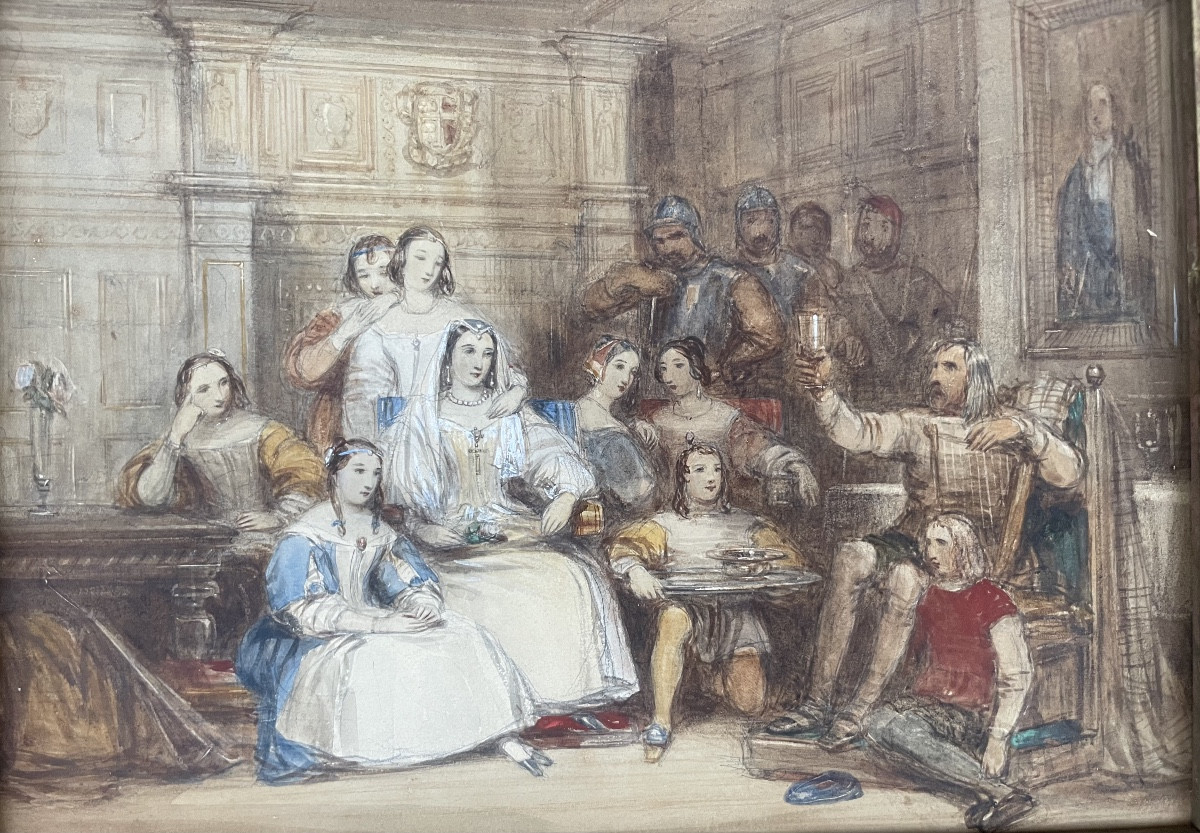



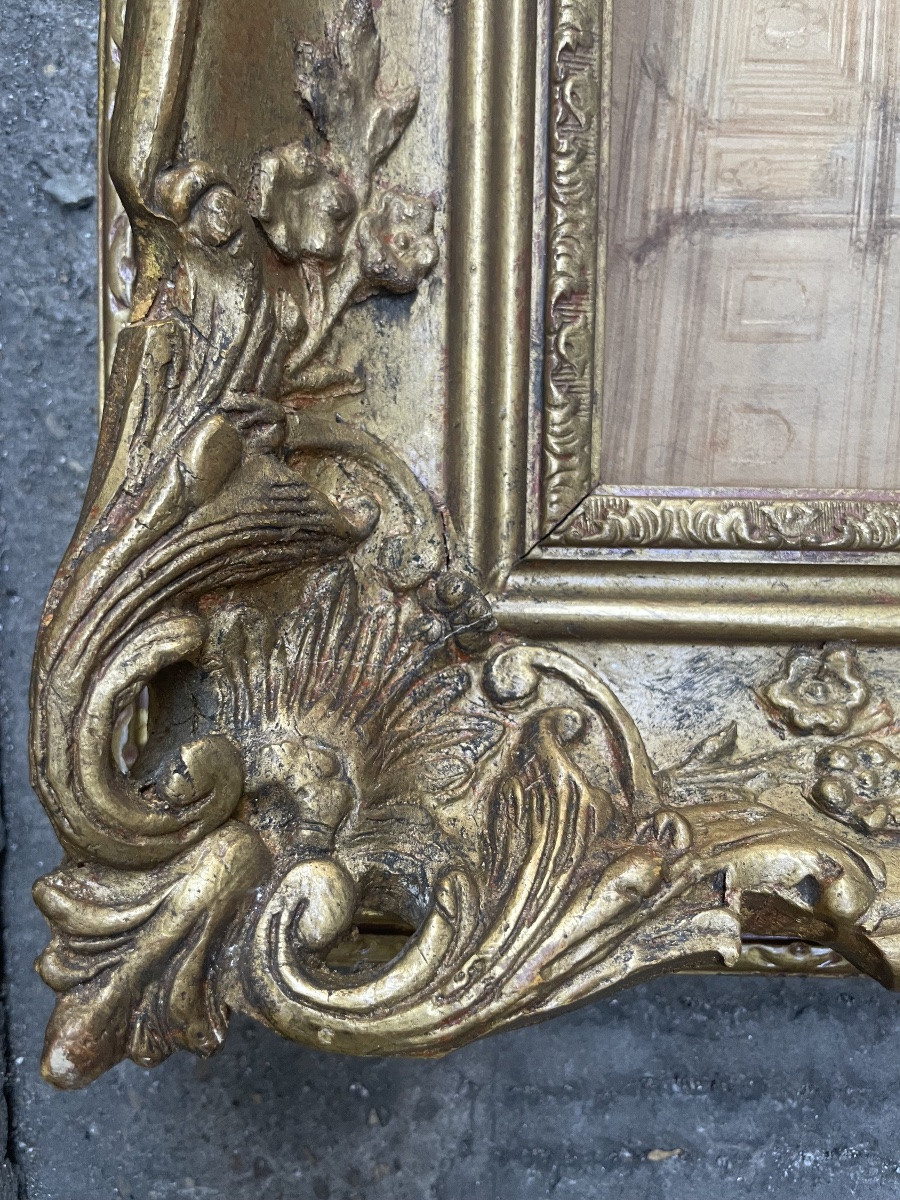

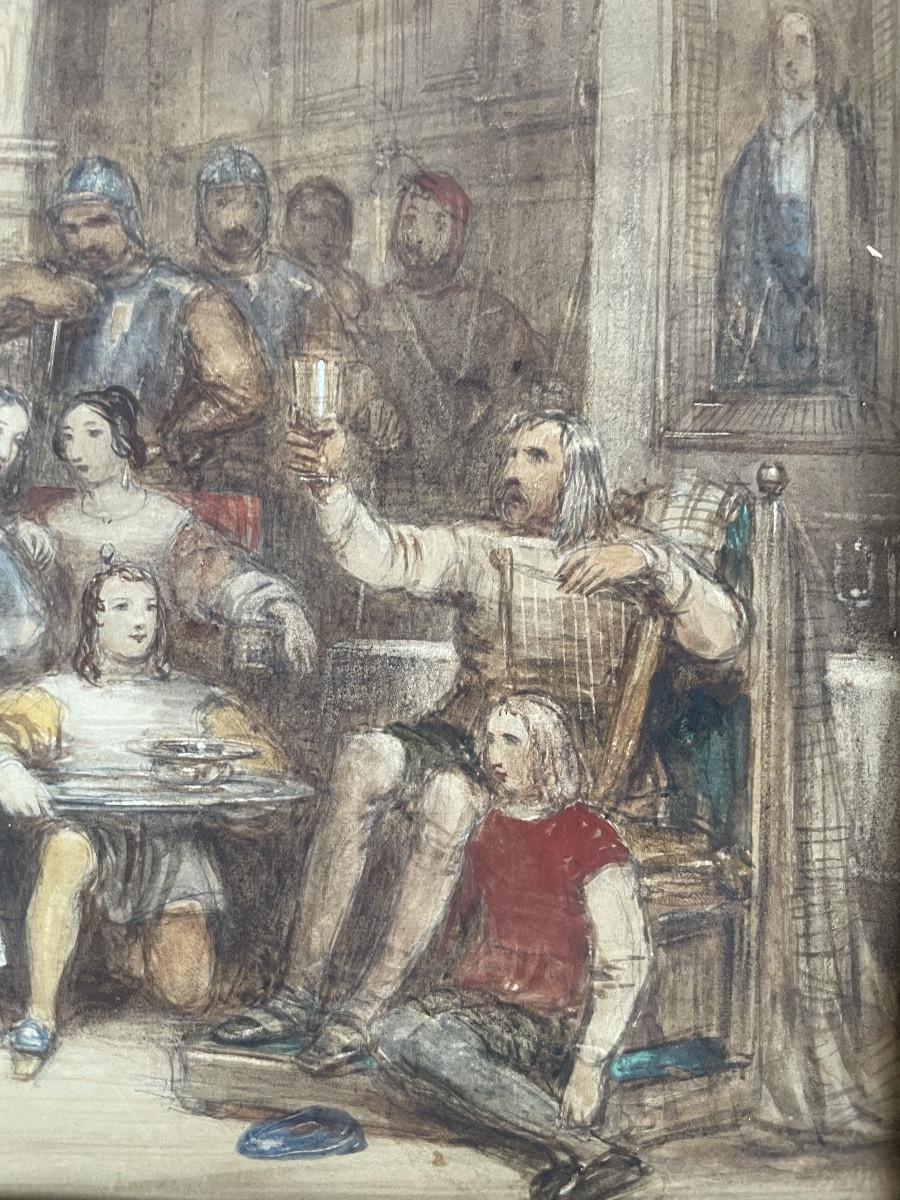



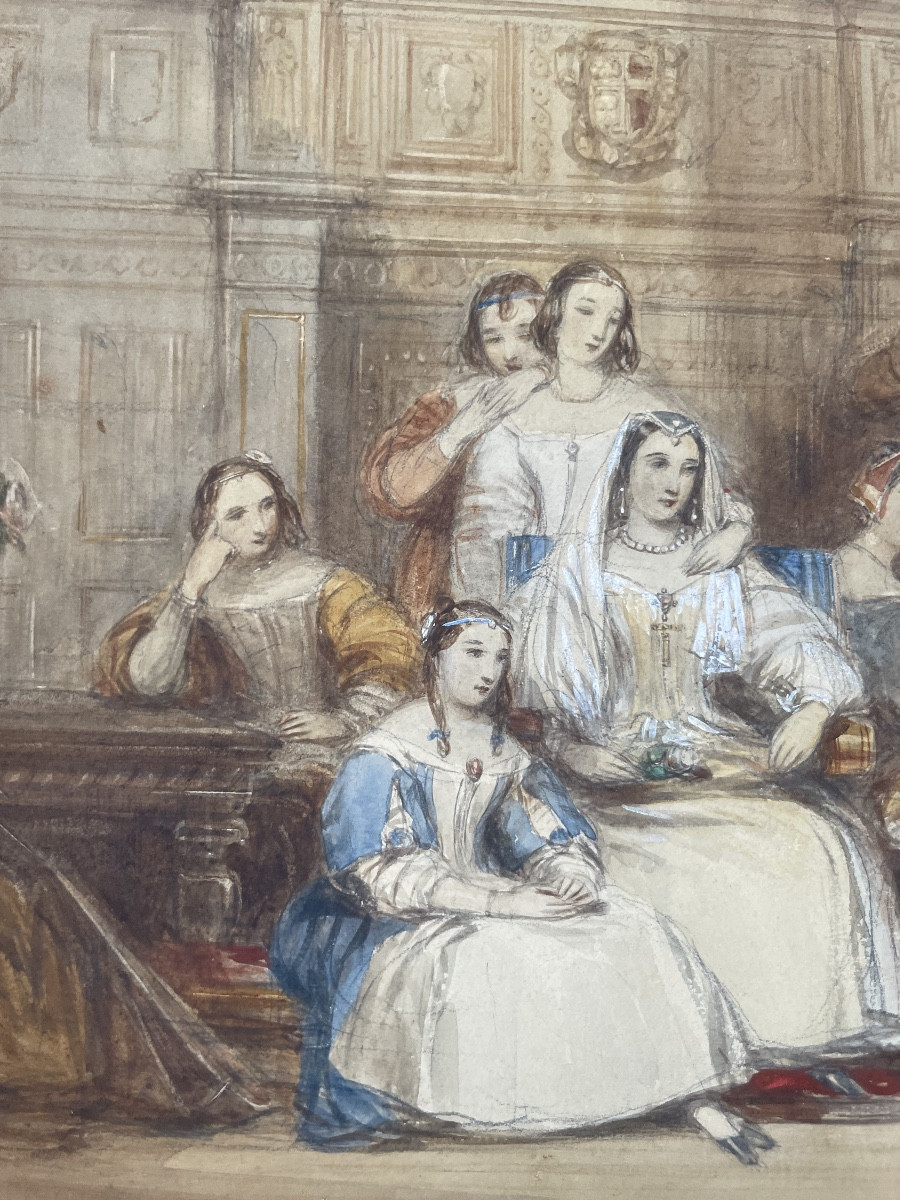
















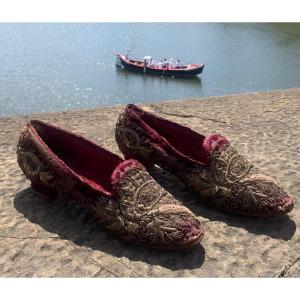
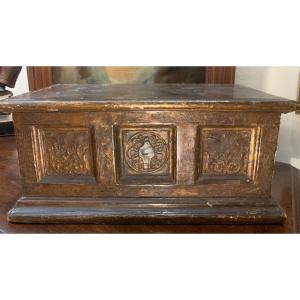



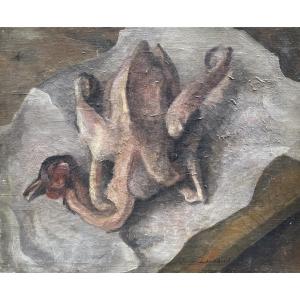

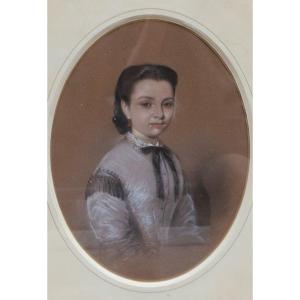
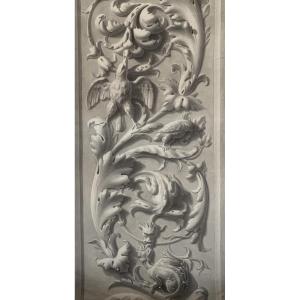



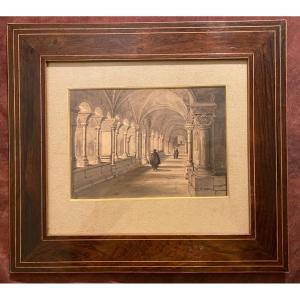


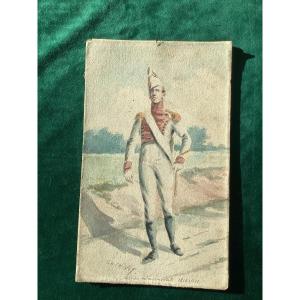



 Le Magazine de PROANTIC
Le Magazine de PROANTIC TRÉSORS Magazine
TRÉSORS Magazine Rivista Artiquariato
Rivista Artiquariato